The barrier between music creation and consumption has shattered. In 2025, generative AI tools like Suno, Udio, and new entrants from major tech players are no longer novelties; they are the new synthesizers. The quality of text-to-music generation is now startlingly professional, raising the stakes not just for hobbyists, but for the entire creative industry. This is the year we stop asking if AI can make good music, and start asking: who owns it, and what is left for the human artist?
The Capability Surge: From Prompt to Pop Hit
The key shift in 2025 is the move from simple melody generation to the creation of full, production-ready tracks with complexity and sonic depth.
Current-Gen AI Music Capabilities:
- Text-to-Song Generation: Users can now generate entire songs, complete with vocals, lyrics, and complex arrangements, from a single descriptive prompt (“A dreamy, 80s synth-pop track about lost love”).
- Vocal Cloning and Synthesis: Advanced voice models allow for the creation of convincing vocal performances in any style or language. While this is a breakthrough for efficiency, it is simultaneously the most controversial area, leading to legal crackdowns on unauthorized “deepfake” tracks.
- Audio-to-Audio Transformation: Newer models allow artists to upload a hummed melody or a raw sample and transform it using a text prompt, enabling rapid remixing, sound design, and style transfer in a matter of seconds.
- Creative Co-Pilots: AI is deeply embedded in Digital Audio Workstations (DAWs) through plugins that offer instant mastering, mix balancing, and suggestions for chord progressions or drum patterns, democratizing professional production quality.
The result is a firehose of new content. Streaming services like Deezer report that a significant percentage of newly uploaded music is either fully or partially AI-generated, forcing the platforms themselves to invest heavily in new fraud detection and content tagging systems.
The Legal and Ethical Reckoning
The acceleration of AI capability has finally forced legal systems and industry bodies to react. 2025 is defined by major battles over ownership and training data.
The Two Critical Challenges:
- Copyright and Authorship: Landmark court rulings in the US and elsewhere are reinforcing the necessity of human authorship for a work to qualify for copyright protection. This creates a critical distinction:
- Purely AI-Generated Works (the user simply enters a text prompt) are often considered uncopyrightable and may fall into the public domain.
- AI-Assisted Works (the human artist extensively guides, modifies, and arranges the output) maintain a path to human copyright.
- This forces artists to meticulously document their creative process to prove “meaningful human contribution.”
- Training Data and Compensation: The core of the legal fight is what the AI models were trained on. Major record labels and publishers are pursuing lawsuits against AI companies for using copyrighted music datasets without explicit licensing or compensation. This pressure is pushing platforms like Spotify to invest in transparency standards and encouraging AI developers to seek formal licensing deals to secure “commercially safe” datasets, as seen with companies like Adobe’s Firefly Audio Model.
The Future is a Human-AI Collaboration
For the working musician and producer, AI is neither a simple replacement nor a passing trend. It is a powerful, demanding collaborator.
| Impact Area | Pre-AI Reality | AI-Enhanced 2025 |
| Composition | Required deep music theory and instrumentation skills. | Accessible via text prompt; AI handles harmony and arrangement. |
| Production | Expensive studio time, human mixing/mastering engineers. | One-click AI mastering; intelligent plugins assist with mixing tasks. |
| Creative Flow | Time spent on technical aspects (sound design, arranging). | Time is freed for conceptual work, lyrics, and emotional context. |
| New Formats | Static track released to streaming. | Adaptive, generative music that changes based on user mood or environment. |
The most successful artists in this new landscape are treating AI not as a replacement, but as a massive productivity booster and an inspiration engine. They use it to generate 100 variations of a bassline in 30 seconds, or to instantly generate a score for a video project, reserving their human effort for the emotional depth, narrative, and final artistic direction that a machine still cannot replicate.
The Ultimate Challenge
In 2025, the music landscape is permanently changed. The quality is here, the tools are democratized, and the legal battles are intensifying.
The ultimate challenge for the technology blog audience is to define the role of the intentional artist in this new era. Success won’t be measured by the speed of generation, but by the thoughtful integration of AI as a tool that amplifies human creativity, respects intellectual property, and focuses on emotional authenticity over algorithmic novelty. The music industry is entering a new chapter, and the biggest innovations will come from those who learn to lead the machine, not follow it.
If you’d like to hear how these shifts are actually sounding, tune in to Aspect-Radio.
Subscribe to the YouTube channel, UnconditionalAI and listen to examples of AI Music.
Subscribe to our newsletter!
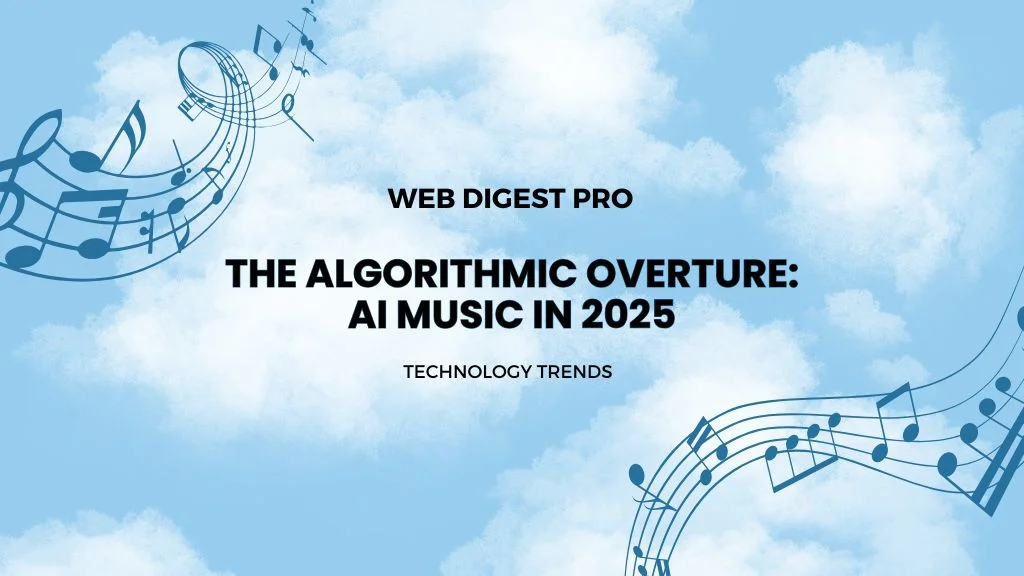
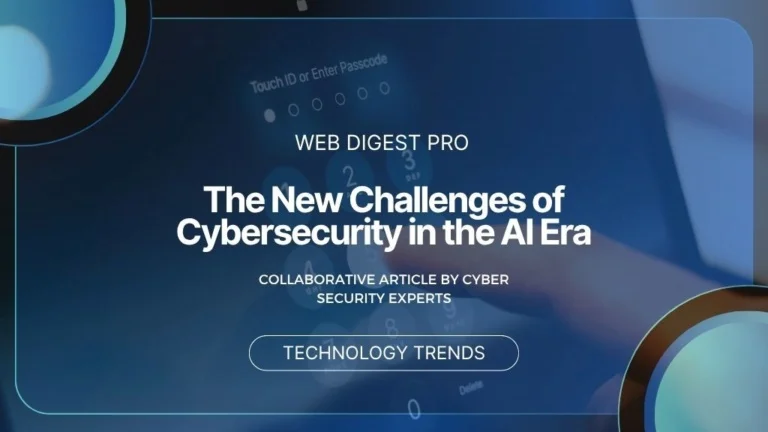

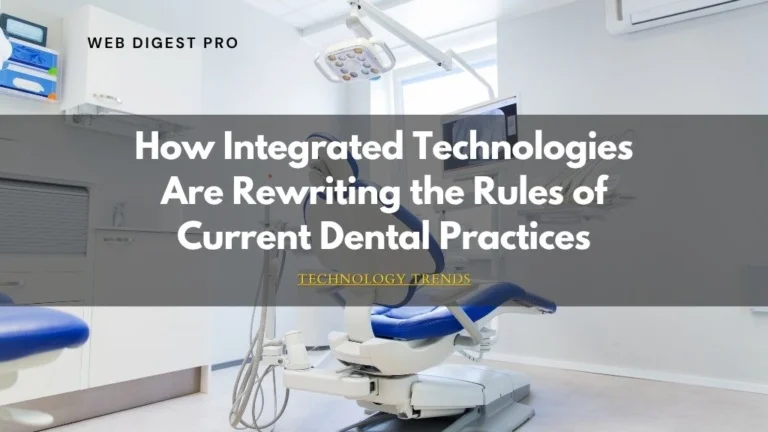


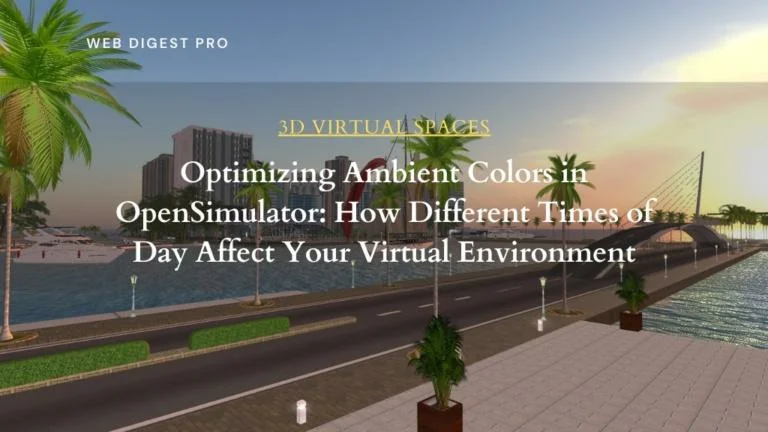
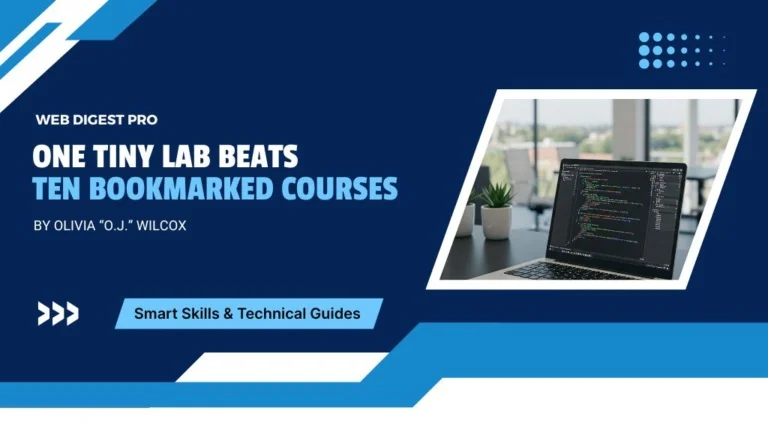

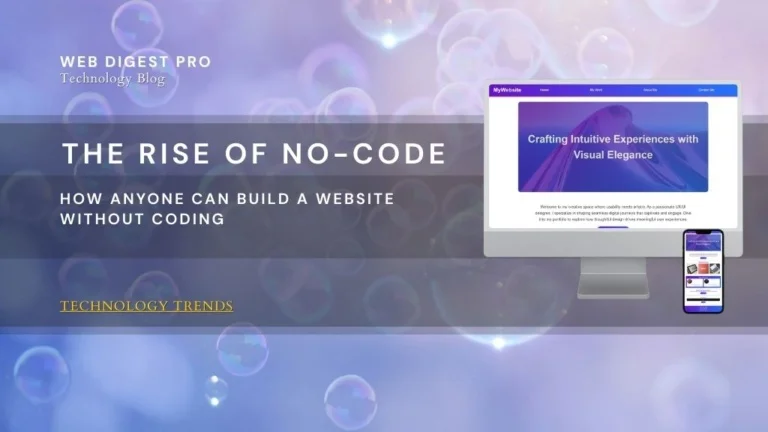
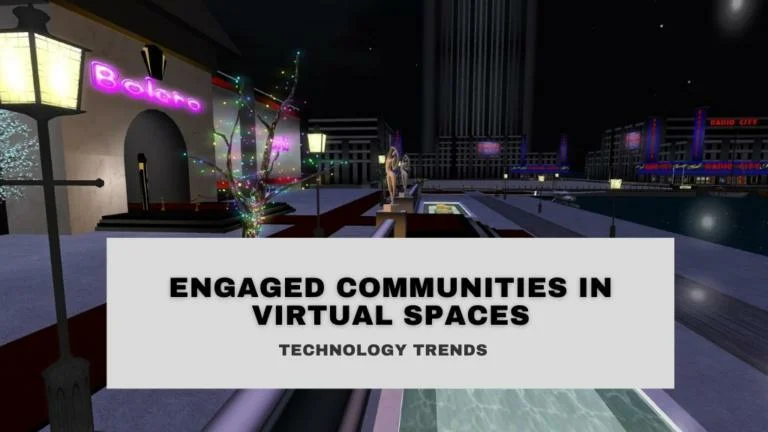
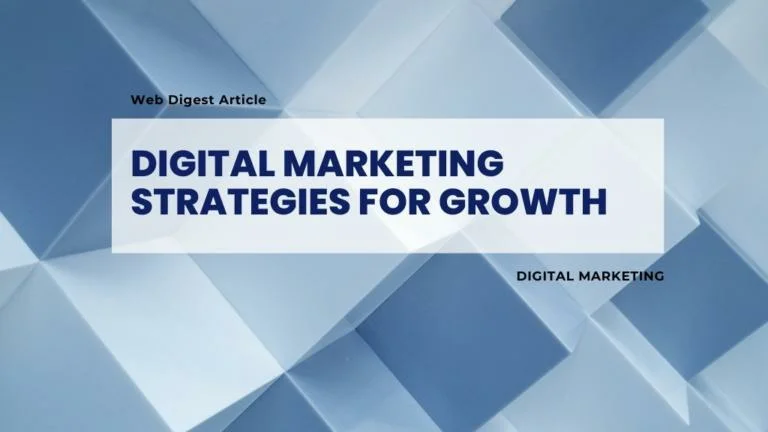

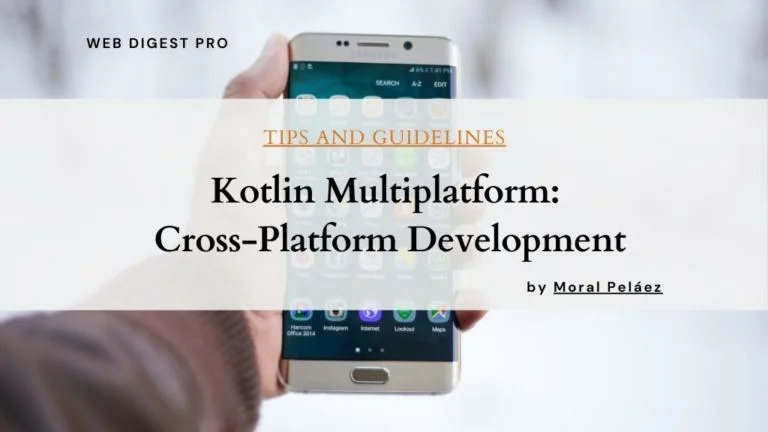
+ There are no comments
Add yours